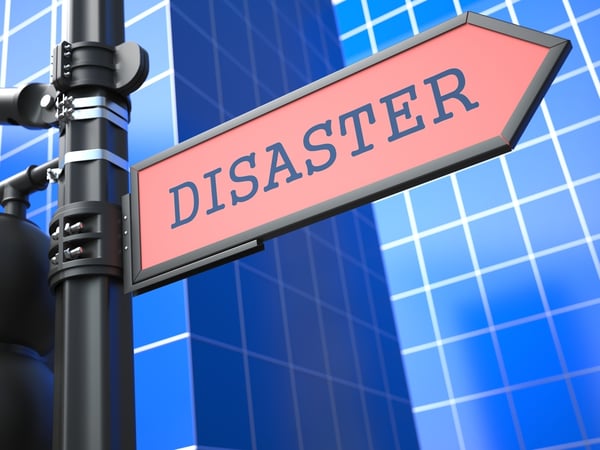
Small and family businesses can suffer greatly from natural disasters, yet just one out of every four small businesses today has a business continuity plan, according to a report by the Australian Small Business and Family Enterprise Ombudsman.
Many business owners think an emergency probably won’t happen to them. However, preparing a business to survive such an event is vital for every business owner.
Natural disasters like floods, fires, and earthquakes can happen in Australia without prior notice. Protecting what you can in times of crisis is crucial because the business’s financial stability is important. The business may also provide a necessary service to the community, so getting back up and running is vital.
Managing emergencies involves properly adjusting the business to environmental changes. Resilient businesses anticipate risks, respond quickly and appropriately to crises, and then recover.
Last year, the Ombudsman conducted an inquiry after the country faced numerous disasters, such as bushfires, drought, floods, and the COVID-19 pandemic. It visited 36 communities to hear directly from small and family businesses impacted by natural disasters. It also conducted an online survey, which attracted more than 2,000 respondents.
The Small Business Natural Disaster Preparedness and Resilience Inquiry report found that small and family businesses can recover more quickly from the effects of a natural disaster by taking reasonable risk mitigation measures, being better prepared, and building resilience.
Findings and Recommendations
Some of the report’s findings and recommendations include:
- Having a “certainty of response” for small business owners so they are automatically elevated and front of mind in disaster response, recovery, and funding arrangements, including indirectly affected businesses.
- Establishing a business hub after a disaster as a single point to seek help from federal, state, and local government and non-government agencies to provide support.
- Adopting a “tell-us-once” triage system to save small business owners the trauma and time associated with repeating their story.
- Creating an opt-in “My Business Record” to allow a small business to digitally store all relevant government-held and other vital information that it might need after a disaster.
- Providing infrastructure grants to ensure critical infrastructure relied upon during a disaster is fit for purpose and remains intact and functioning.
-
- Implementing a “good neighbour” program and mitigating risks on land the government owns.
- Making a government subsidy available when workers in a small business are called out for volunteer work for an extended period, or a business is required to scale back operations because of volunteer activities.
- An additional amount six to nine months after the small businesses received an Australian government grant for a “business health check” and to support any necessary adjustments.
- Due to the tremendous difficulty in finding affordable insurance, many small business owners are operating with inadequate or no insurance or with excesses payable that prevent them from filing a claim. More needs to be done to remedy this market failure.
- Creating an integrated response to disaster risk management for identified disaster-prone areas.
Many business owners think an emergency probably won’t happen to them. However, preparing a business to survive such an event is vital for every business owner.
Natural disasters like floods, fires, and earthquakes can happen in Australia without prior notice. Protecting what you can in times of crisis is crucial because the business’s financial stability is important. The business may also provide a necessary service to the community, so getting back up and running is vital.
Managing emergencies involves properly adjusting the business to environmental changes. Resilient businesses anticipate risks, respond quickly and appropriately to crises, and then recover.
Keep the strategy as straightforward and brief as possible. There may be a lot of background research, and a business may have a long list of backup files to prepare, but the main plan should be clear and concise.
Ensure simple steps such as ensuring record keeping is up to date, business processes and critical information are, where possible, digitised, and payments to relevant bodies such as the ATO, lenders, and insurers are up to date. To mitigate the risk of losing hard copy records in a disaster, move to a cloud-based financial system.
If there is no continuity strategy in place at the time of the incident, recovery could take a while. All businesses should create a disaster management and recovery plan for upcoming events and incorporate essential lessons from previous incidents into ongoing business operations.




